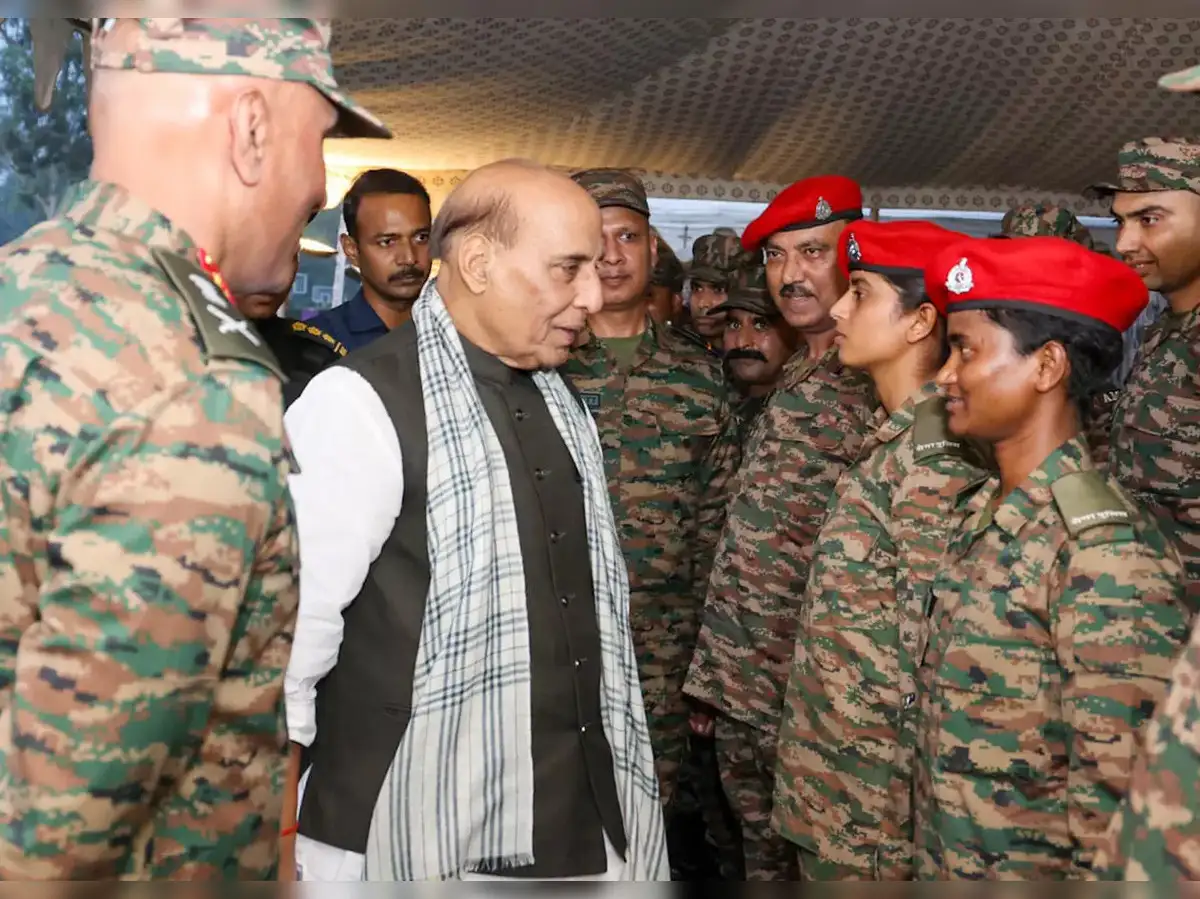India and the United States are preparing to strengthen their defence partnership under a new 10-year framework for the “US-India Major Defence Partnership,” which will run from 2025 to 2035. This effort is scheduled to be completed later this year, following conversations between Indian Prime Minister Narendra Modi and US President Donald Trump.
A key component of the agreement is a review of weapons transfer restrictions, including the International Traffic in weapons restrictions (ITAR). This assessment aims to simplify defence commerce, enhance knowledge transfer, and improve maintenance procedures for US-supplied defence systems in India.
Both nations intend to begin discussions on a Reciprocal Defence Procurement (RDP) agreement. This will unify their procurement processes and enable mutual provision of defence equipment and services, enhancing military coordination.
The emphasis will be on sophisticated technology such as space, air defence, missile systems, and underwater warfare. The United States has announced intentions to increase defence sales to India, including modern equipment such as Javelin anti-tank missiles and Stryker infantry combat vehicles.
The arrangement would encourage the integration of US-made defence equipment into India’s military inventory, therefore improving operational capabilities across a variety of platforms, including the C-130J Super Hercules and the P-8I Poseidon aircraft.
This alliance is part of the wider US-India COMPACT program, which intends to stimulate military collaboration while also accelerating commercial and technological exchanges. It indicates a growing convergence of strategic objectives between the two countries, confirming their commitment to a strong defence alliance in an increasingly complicated geopolitical environment.
The expected signature of this 10-year framework constitutes a huge step forward in US-India defence ties, with the potential to transform military cooperation and improve regional security dynamics over the next decade.


